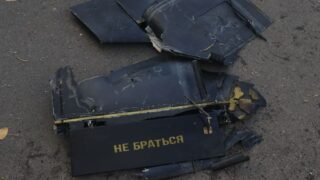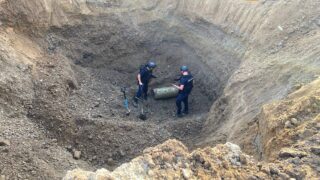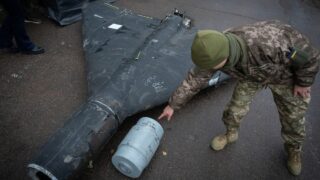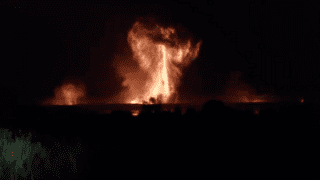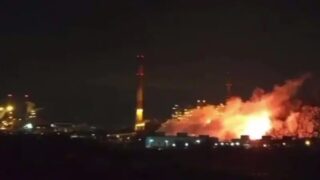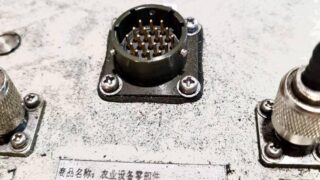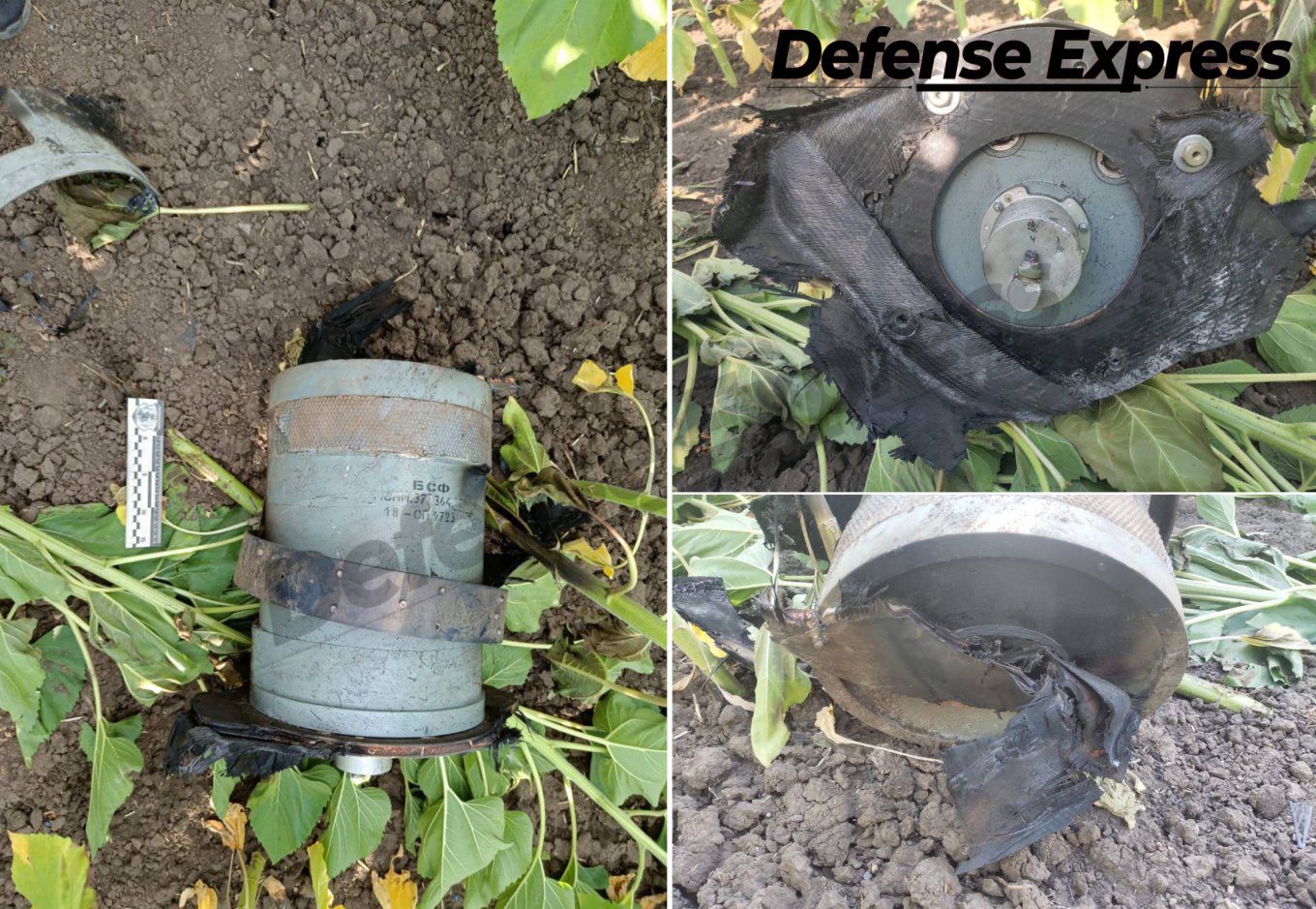
CNN: Russia plans to use 10,000 Chinese tech-based decoy drones to exhaust Ukrainian air defense
Russia is expanding drone production at its factory in Tatarstan, using Chinese components and employing young and low-skilled workers, including Russian teenagers and African women, according to CNN sources.
Since 2022, Russia has repeatedly attempted to cripple Ukraine’s electricity system hitting it with drones and missiles, aiming to break civilian morale by disrupting power, water, and heating services while simultaneously hampering defense manufacturing capabilities.
Satellite images analyzed by CNN and experts show that two additional buildings and ground passages have been added to the factory complex in Tatarstan, increasing its area by 55%. Security at the factory has also been enhanced following Ukrainian drone strikes.
According to released documents, the Alabuga factory is now the main producer of Shahed-136 drones, with a contract to produce 6,000 drones by September 2025. CNN believes the factory has already fulfilled this deal.
At the Washington Institute for Science and International Security, which has been tracking the Alabuga plant’s activities since 2022, experts believe the plant produced 6,000 drones approximately one year ahead of schedule.
The Washington-based Institute for Science and International Security, which has been tracking Alabuga’s activities since 2022, believes that the secretive facility manufactured 6,000 drones about a year ahead of schedule.
Sources in Ukrainian military intelligence told CNN that Alabuga has also been producing low-tech decoy drones, known as Gerbera, since summer 2024. These drones are made from plywood and styrofoam and mimic the characteristic triangular shape of the Shahed drones to overwhelm Ukrainian air defenses in attacks.
According to Ukrainian military intelligence, Russia plans to produce about 10,000 of these decoy drones by the end of 2024, nearly double the number of Shahed drones. The cost is likely the main factor behind this strategy, as a decoy costs ten times less than a kamikaze drone.
Yury Chumak, a Ukrainian air defense volunteer, explained that if Russia launches 150 drones at night, only 20 to 30 will be Shaheds. At the same time, Russia has increased the destruction capabilities of its drones, installing thermobaric warheads on them.
Decoy Gerberas are based on a Chinese prototype from Skywalker Technology, which also supplies kits for their production.
China, despite official statements of a “neutral stance” in Russia’s war against Ukraine, is supplying components and technologies for Russian drones through a network of 34 companies.
CNN’s sources reported that an initial contract for 2,000 kits was signed in May, and in July, Skywalker offered to deliver an additional 8,000 kits.
Read more:








